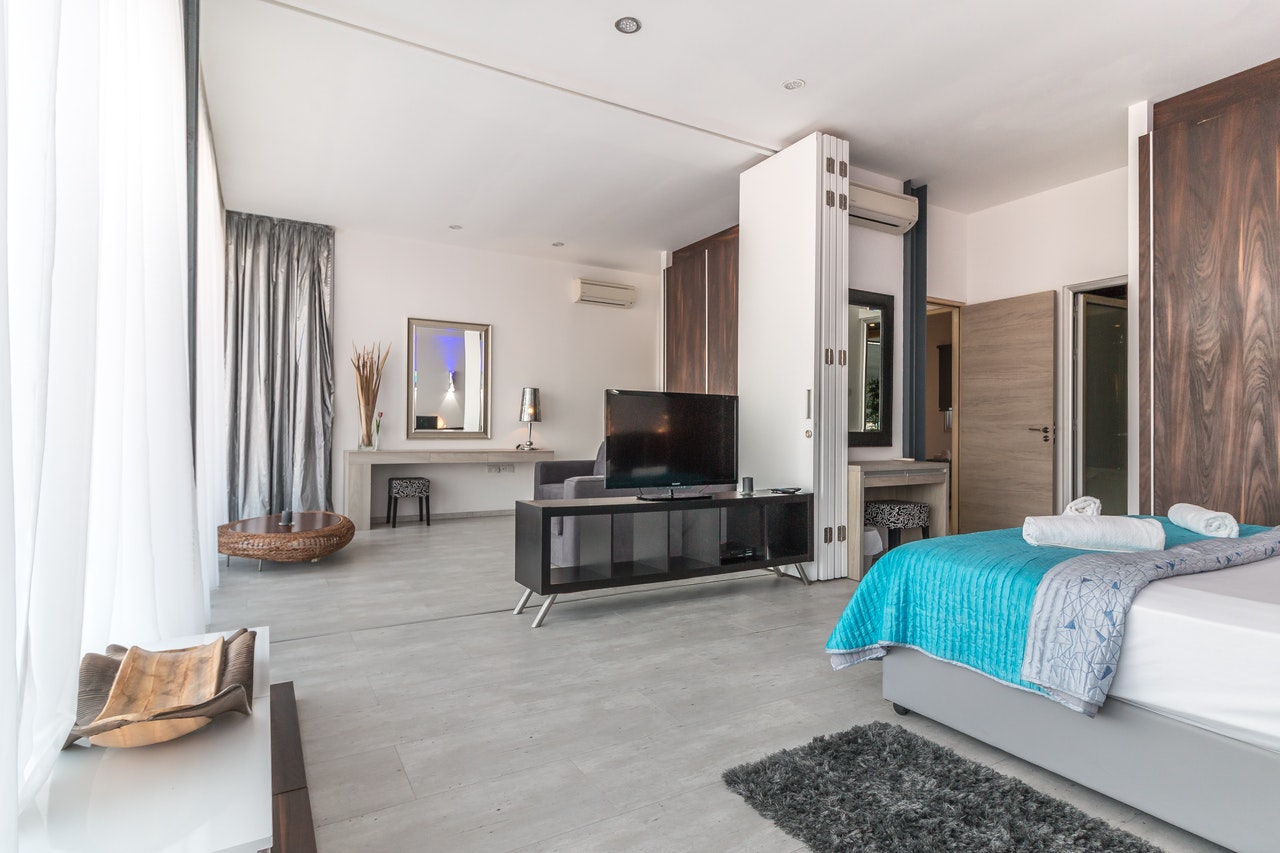Early into the pandemic, experts warned that air conditioning may be contributing to the spread of COVID-19. The virus is airborne, transmitted by infected people by coughing, sneezing, speaking, and breathing. Ample ventilation is the key to stop it.
But, COVID-19 is not the illness that a building’s HVAC (heating, ventilation, air conditioning) system can disseminate to everyone in it. Whether at home or at school, if the air is being recirculated throughout the building without appropriate filtering, various disease-causing pathogens will be passed on from one person to another.
After COVID-19, the flu is a yearly problem that infects thousands of people every single year. The good news is that technology is changing, and so is the industry. HVAC is responding to the needs of the public. Here’s how:
HVAC Getting Smarter
The recent move of the system is toward becoming smart. You will see it in the HVAC sales and marketing plans of manufacturers and sellers. They are highlighting the use of automated controls and voice assistant support to highlight that the HVAC has undergone a transformation.
In the past, consumers had to manually adjust the settings of their HVAC. If it is too hot, they need to pause whatever they are doing and decrease the ambient temperature. If it is too cold, the unit has to be adjusted to the right temperature. As you can imagine, the process can be very disruptive. It wakes people up from their sleep or distracts them from their work.
Making it smarter means it can connect to a smartphone or a voice assistant — Google Home or Amazon Alexa — over the internet. Controlling the indoor temperature has never been easier. Moreover, the technology can collect information and learn the homeowner’s habits and preferences. Before bed, for example, it can cool the house to allow for a deeper sleep and then automatically warm the house when it is time for the homeowner to come home.
HVAC Becoming More Energy Efficient
Increasingly, energy efficiency is becoming a requirement for homeowners because it guarantees financial savings in the long-term. An energy-efficient appliance does not consume as much power which leads to a lower utility bill month per month. A house’s heating and cooling system is responsible for the chunk of what households pay for in terms of electricity. According to Energy Star, it accounts for 43% of a household’s energy spending. An energy-efficient HVAC, as well as a smart one, can lead to a more affordable utility bill.
Additional Features

To further improve the quality of air inside the house or office building, there are more devices coming out that can work in tandem with the HVAC.
There are now sensors that can monitor the air quality within the room and detect the presence of gases that are considered dangerous for one’s health. These devices can measure carbon monoxide, formaldehyde, radon, humidity, and even particulate matter and volatile organic compounds (VOCs).
Although not a new technology, humidifiers that add moisture back into the air, which air conditioning tends to remove, are widely available to consumers. They benefit the health by not drying out the skin, sinuses, throat, lips, and eyes. Moreover, one study found that high humidity made the influenza virus, which has been ejected into the air through coughing, less infectious, making people in the same room less likely to catch the flu.
A Changing Demographic
The changes in HVAC as a technology and the industry at large are a reflection of the changing consumers. The Baby Boomers are retiring one by one. They are approaching their senior years and, therefore, may not have the need to buy a new HVAC. Millennials, on the other hand, are buying their first homes. They are getting promotions, finding success in business, and starting their own families. They are getting new heating and cooling systems.
The younger generation of consumers has very different priorities compared to their predecessors. They are used to a life with technology and can navigate new technological advances seamlessly. They also care about the environment, and other social causes, a lot. Household appliances that cater to their values are more likely to sell to younger consumers who now dominate the buying market and now on track to become the richest generation in the history of the United States.
HVAC and the entire industry are changing with the times. A lot of these changes are for the better, improving the way they work in order to provide a better experience to the users.
